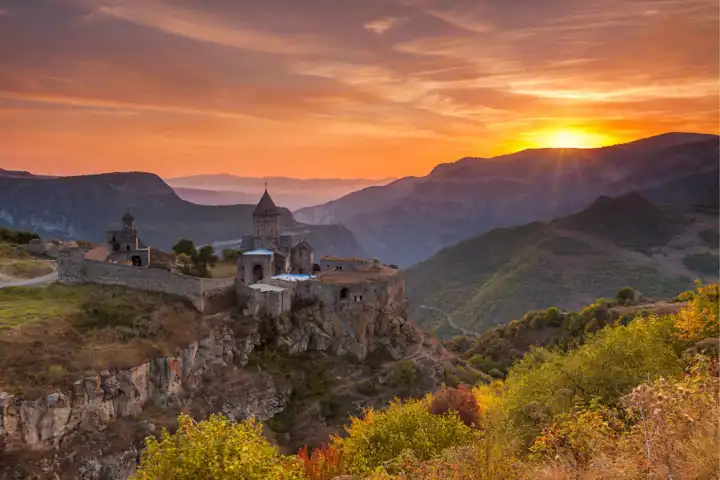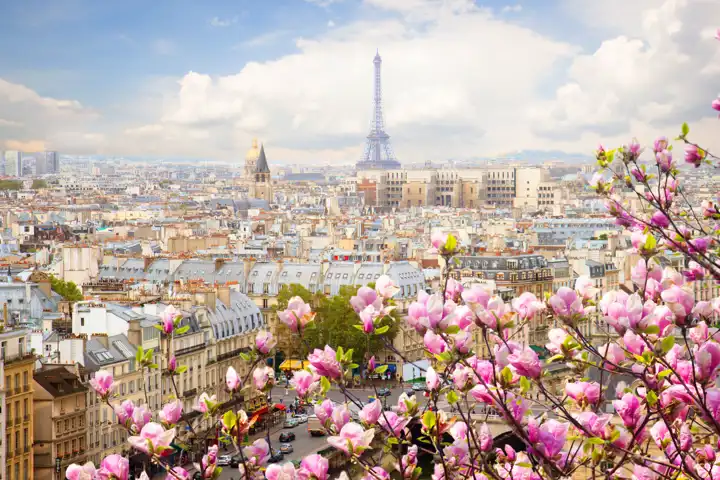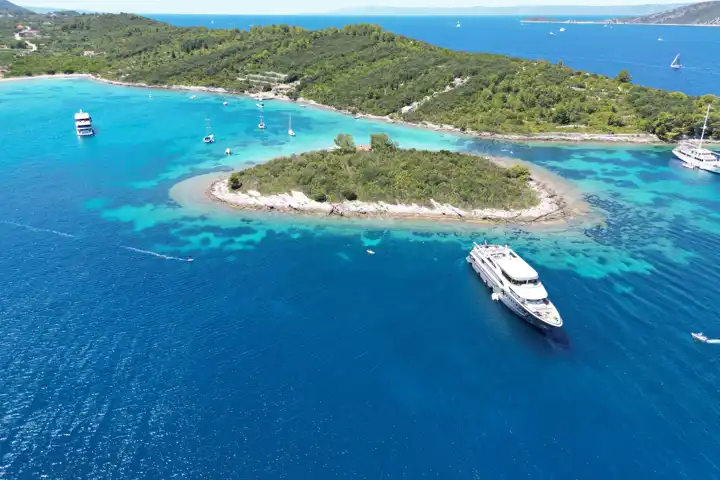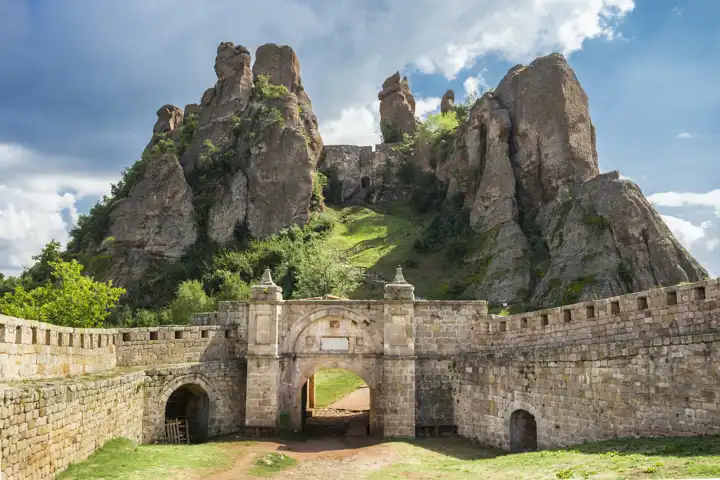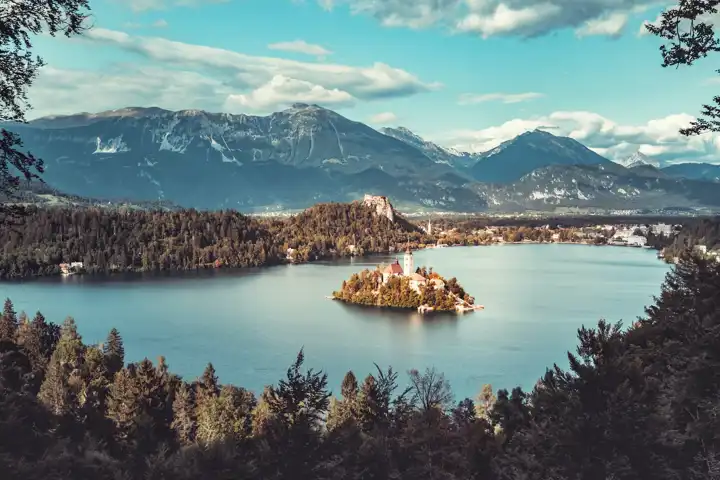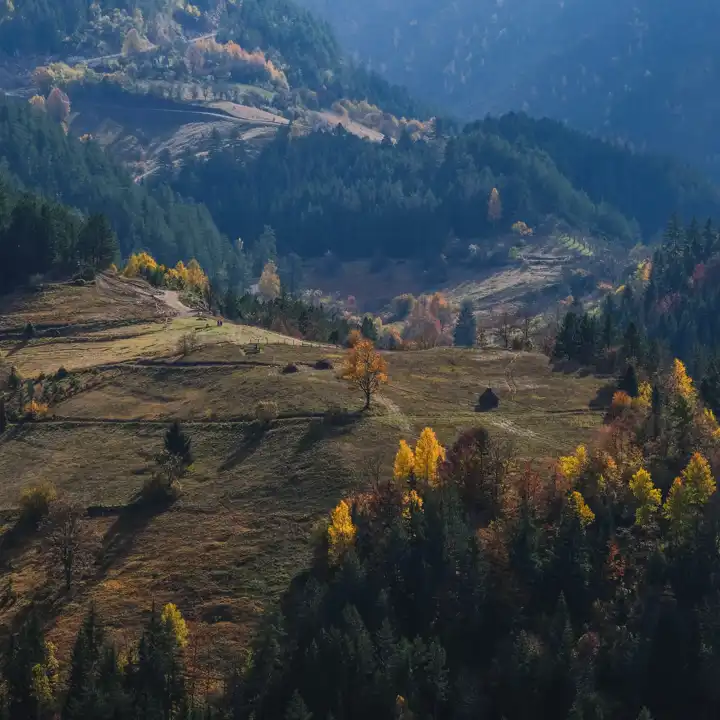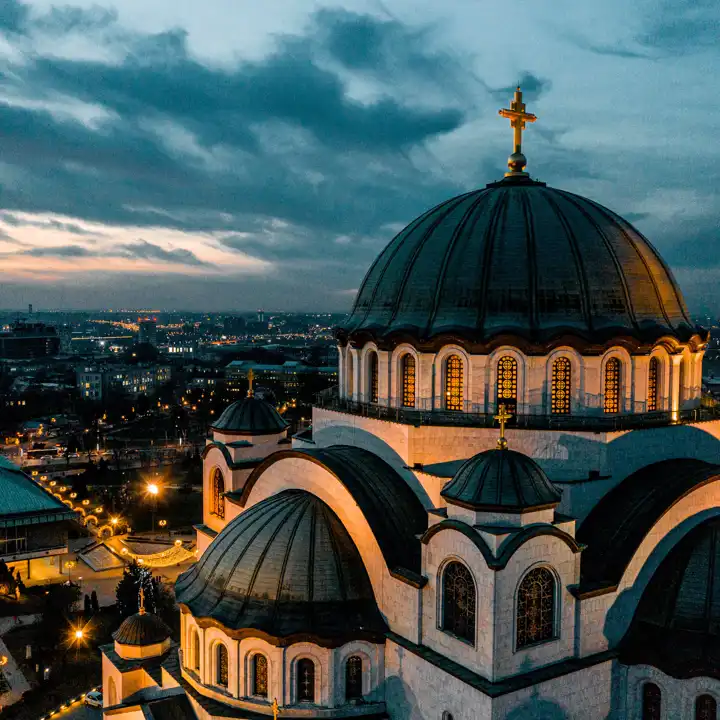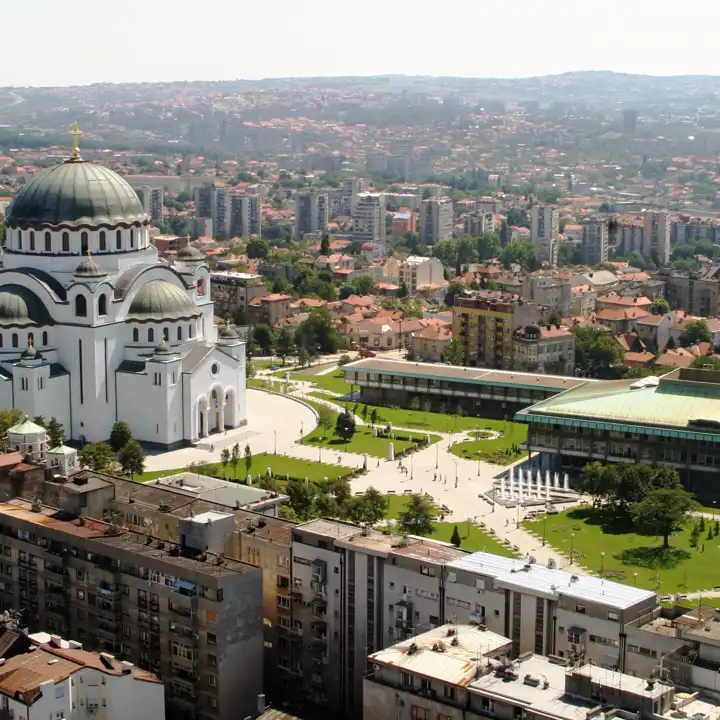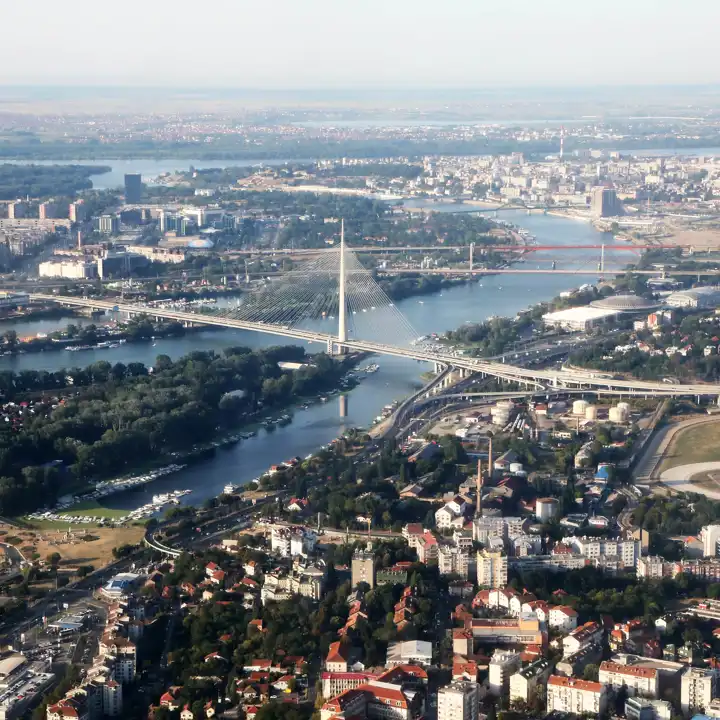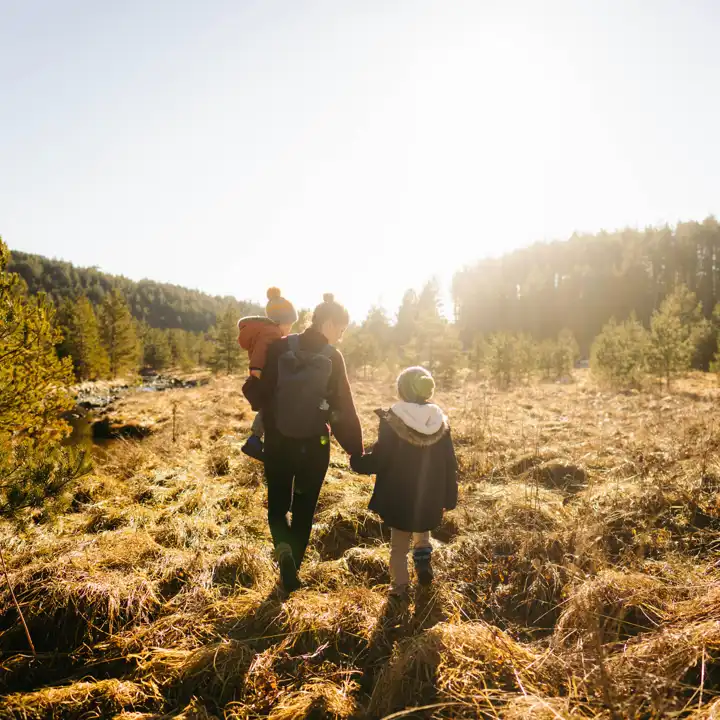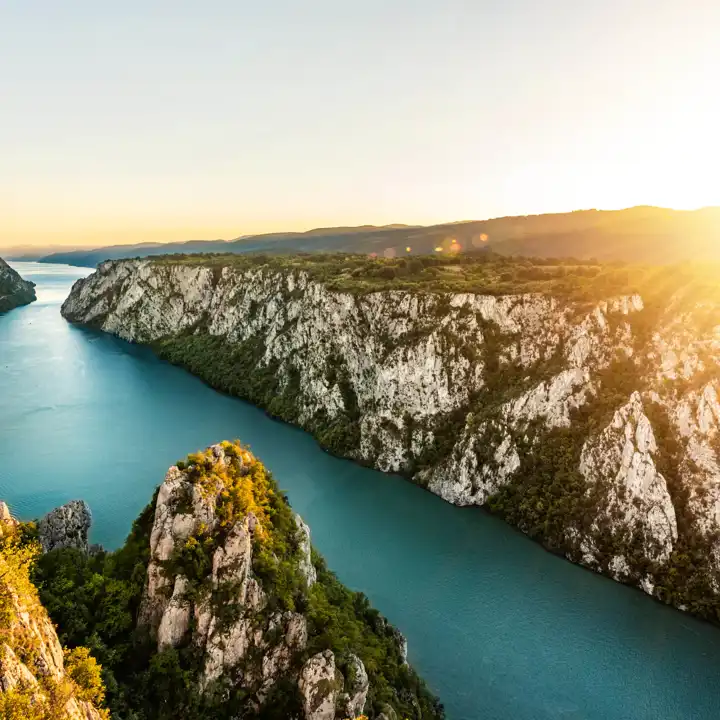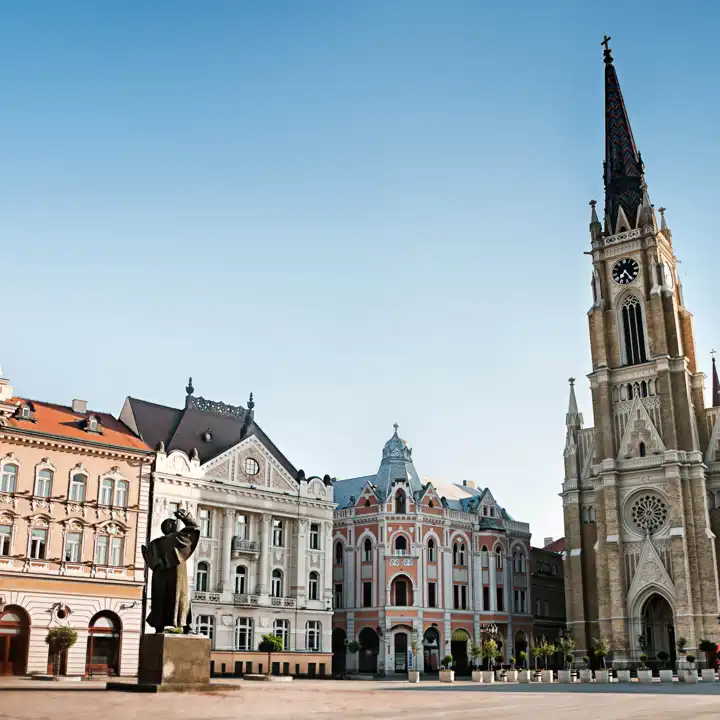Serbia
A Storied Country with a Hopeful Spirit
Serbia
Serbia is an ancient country that has undergone many transformations over the years. Dating back to the seventh century, Serbia is layered with stories of Roman emperors and medieval rulers. The Ottomans hung around for quite some time too, and more recent troubled times certainly left their mark on the land. Today, the vestiges of past rulers and cultures still exist and commingle to create a diverse country filled with a hopeful spirit.
Islamic and Christian history mesh in Novi Pazar where an ancient mosque and church dominate the skyline. Beautiful medieval frescoes and icons lining the walls of tranquil monasteries will make you feel like you are walking through an art gallery of days gone by. The Fruska Gora area boasts green, rolling hills that are dotted with these places of worship.
The vast fortress in Nis, once surrounded by a moat, brings the ancient past to life. Step into its 15th-century Turkish hammam, mosque, and the Roman ruins. Around town you will hear the clacking of Roma horse carts on its old streets. Dig into Roman history even further at the archaeological park in Viminacium, which houses a first-century city and military outpost.
Modern Belgrade may be grittier than other European hubs, but it is a fascinating stop on a Balkan journey. Its landscape of Art Noveau facades mixes with post-war blocks. Bars and cafes line the cozy streets near the Danube, shaded by leafy trees. The scent of Turkish coffee beckons you in for a strong cup. Indulge if you plan on keeping up with Belgrade’s nightlife, often rocking straight until dawn.
Quaint villages offer a slower pace of life. Down some fruit brandy and nibble on farm-fresh foods hosted in a local home. Homemade breads are dipped in salt and cottage cheese, and prosciutto is served up as cold starters.
Hope is what must have sustained Serbians through many a troubled time. Somber reminders of Serbia’s grim past linger, purposefully, including the grave of former communist leader Tito and the shells of bombed out buildings, left in a state of disrepair from the civil war.
For all its man-made conflicts, nature has persisted, and the protected natural areas of Serbia are among the most pristine in Europe. Set your eyes on the surreal beauty of the eastern portion of the country’s Djerdap National Park, a place home to bears, lynxes, and wolves. Tall cliffs rise above the blue Danube, and the Golubac Fortress sits precariously on the edge of the glassy water. Hike along the paths to spot eagles and owls and take in the fresh air of the Carpathian Mountains.
Out west, Zaovine is a hilly area dotted with rivers and forests of black pine and spruce. Log cabins in the old Vlach style sit on the sloping countryside looking like they could be torn straight out of a page of an old children’s fairytale.
Descend into chilly caves where the sounds of bubbling springs and waterfalls create their own natural music. Hear traditional songs and learn about the customs of the people who live in these quiet places. Ski in the mountains regions of Kopaonik, Tara, and Zlatibor where towering pines are swathed in a healthy dusting of fresh, white snow, popping against the clear blue sky.

